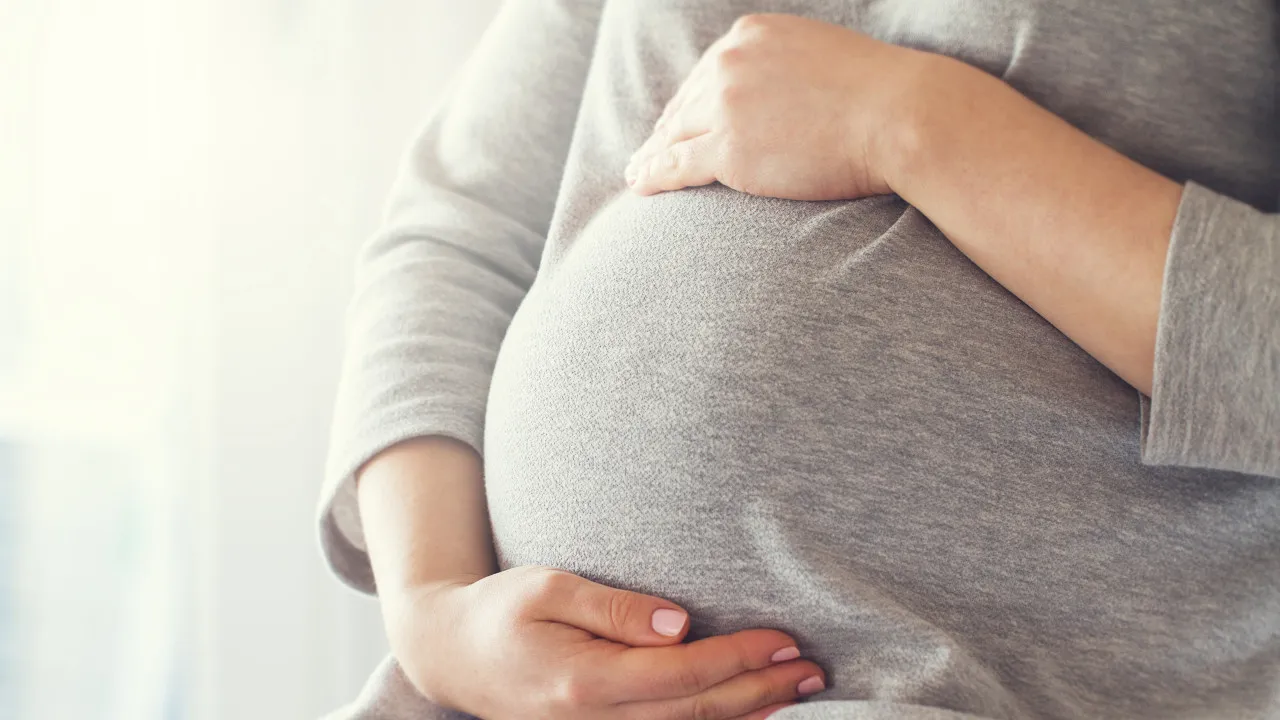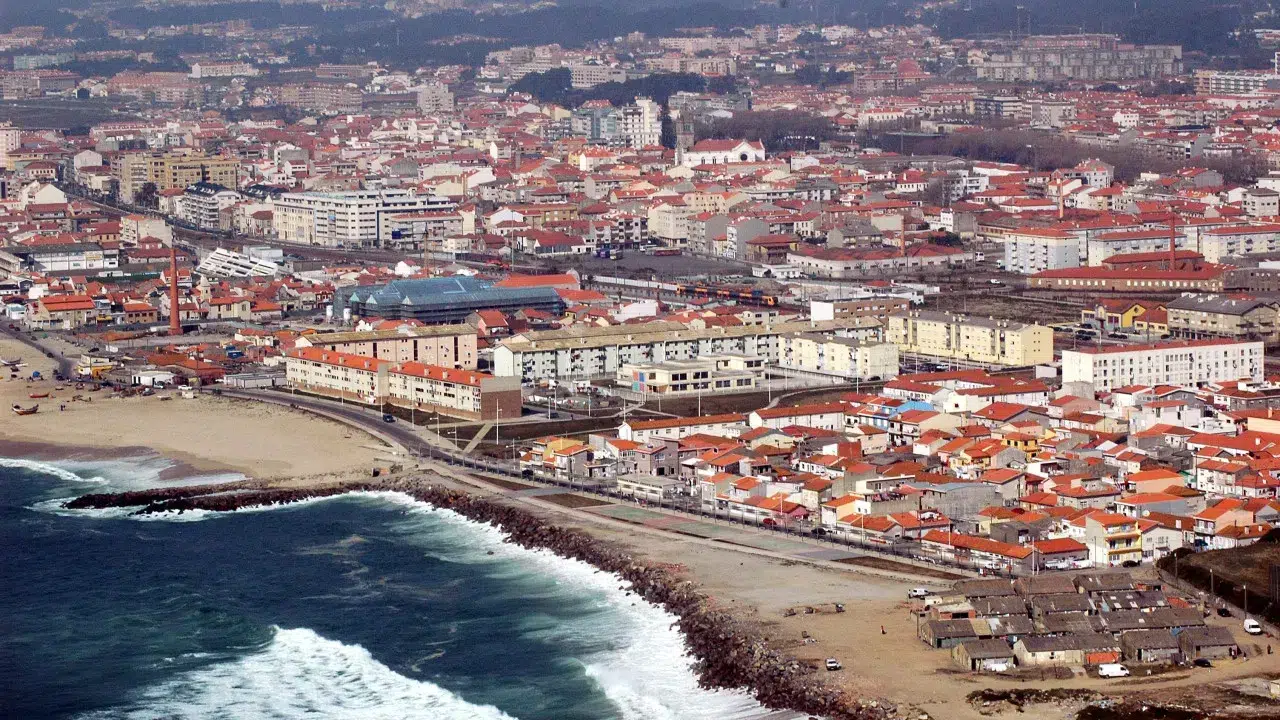
Nationwide figures reveal that in some cases, the outcome was fetal death (1.3%) or spontaneous abortion (1.1%), as reported by the “National Registry of Congenital Anomalies [RENAC]: Regions 2011-2019,” from the National Institute of Health Dr. Ricardo Jorge (INSA).
During this period, 11,931 cases of congenital anomalies (CA) were reported to RENAC, resulting in a prevalence rate of 151.6 cases per 10,000 births.
Both nationally and across different regions, male cases were more frequently reported.
The data indicates a national increase in the percentage of CA cases detected prenatally, rising from 51.4% in 2011 to 62.9% in 2019.
Congenital heart defects remain the most prevalent group of CA, both nationally and across all NUTS II regions: North, Center, Lisbon Metropolitan Area, Alentejo, Algarve, Azores Autonomous Region, and Madeira Autonomous Region.
Nationally, 58.6% of CA cases were detected during pregnancy, with frequencies ranging from 71.1% in the North to 34.6% in Madeira.
The second most prevalent group nationally and in the Center, Alentejo, Algarve, and Azores regions were musculoskeletal system CA, whereas in the North, AML, and Madeira, chromosomal anomalies were more prevalent.
Except for Madeira, where the highest percentage of births with CA was identified at birth (46.9%), both nationally and in other regions, births with congenital anomalies were identified during pregnancy, varying from 41.6% (Alentejo) to 71.1% (North).
The report highlights that the prevalence distribution of CA by major ICD 10 groups (International Classification of Diseases and Mortality Causes) observed nationally is similar to the European level, “suggesting that despite apparent underreporting, this error systematically affects all major groups.”
The data also reveal that, both nationally and regionally, women aged 40 or older show the highest prevalence of births with congenital anomalies.
However, in the Center, there is also a high prevalence of CA births in pregnant women aged 19 or younger, compared to prevalences in this age range in other regions.
Concerning maternal sociodemographic characteristics, the data show that the Lisbon Metropolitan Area (23.3%) and the Algarve Region (21.3%) had the highest percentage of foreign pregnant women having a CA birth.
In other regions, the frequency varied from 1.5% (Azores) to 7% (Alentejo).
Tobacco use during the first trimester of pregnancy was more frequently reported by women in the Alentejo Region (14.1%), followed by Madeira (13.5%) and Algarve (13.2%). In other regions, usage varied from 0.8% (Madeira) to 10.1% (AML).
Drug use during the first trimester of pregnancy was most frequently reported by women in Madeira (2.3%), with rates in other regions ranging from 0.3% (North and Azores) to 0.8% (Algarve).
Regarding paternal age during pregnancy, most fathers were aged 35 to 54. However, in Alentejo (49.3%) and Algarve (46.3%), most were younger (25-34) at the time of birth.
With data available since 1997, RENAC is a population-based nosological registry receiving notifications of CA occurrences, reporting cases diagnosed in newborns, stillborns, and fetuses subjected to medical pregnancy termination after a severe malformation diagnosis.




